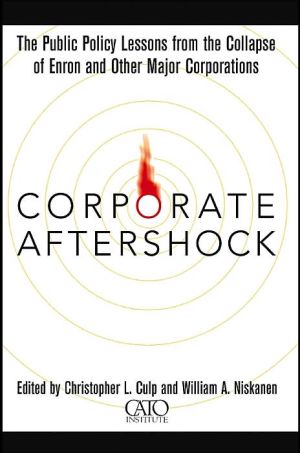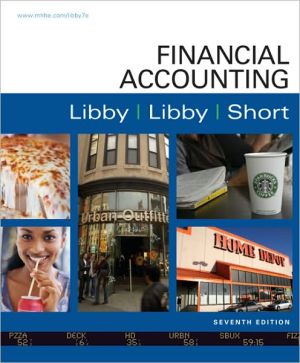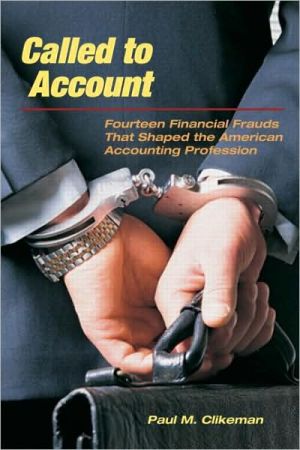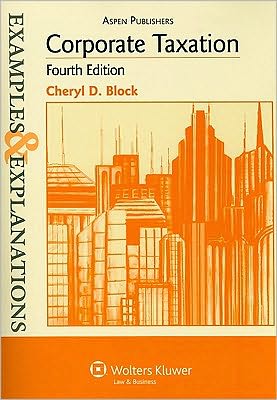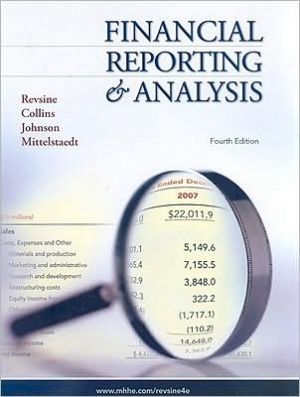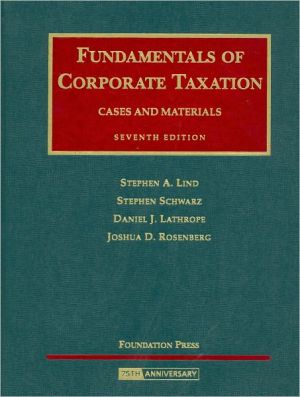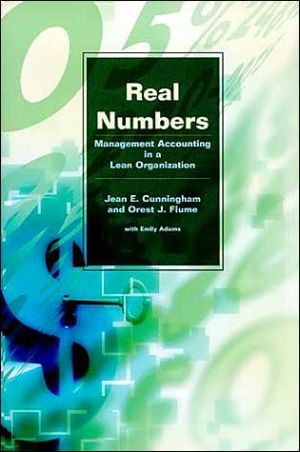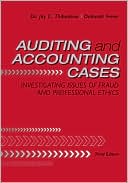Corporate Aftershock: The Public Policy Lessons from the Collapse of Enron and Other Major Corporations
Praise for Corporate Aftershock\ "In the near future, someone will build a better Enrona legitimate company with the means and integrity to revolutionize markets. That person will want to use Corporate Aftershock as his business manual and had better hope that government regulators are reading it as well."\ Ross M. Miller, author, Paving Wall Street, coauthor, What Went Wrong at Enron\ "During periods of crisis, it’s important for us to have an unemotional and objective analysis that can...
Search in google:
In the wake of Enron’s implosion and other major corporate meltdowns, there have been hasty calls for stricter laws to regulate the markets and products in which these companies were involved. But without proper analysis of the situation, these responses may unknowingly cause greater damage to the economy and investors than the original events. To avoid rushing into politically charged action and ensure that appropriate measures are implemented, we must first take the time to consider what really went wrong, then carefully decide how to prevent a repeat of such corporate disasters.In an effort to curb the unnecessary "man-made aftershocks" that continue to ripple throughout the business world today, Corporate Aftershock: The Public Policy Lessons from the Collapse of Enron and Other Major Corporations has been written as a reasoned, informed response to the numerous proposals to restrict derivatives, stifle structured financing activities, and amend shareholder protection principles and practices following the failure of Enron and other corporations. Editors Christopher Culp and William Niskanen have assembled an expert cast of contributors, each of whom are leaders in their respective fields–from credit risk management to energy and derivatives markets–to provide an unbiased public policy analysis of the failure of Enron and other major corporations.Comprised of five distinct sections, Corporate Aftershock offers an in-depth examination and straightforward explanation of issues that focus on the policy lessons specific to the markets Enron traded in, as well as the specialized financial instruments it used in its endeavors. Topics discussed include:Corporate innovation and governanceEnergy and derivatives markets after EnronStructured financeCredit risk mitigation Regulating corporate innovation after Enron Was Enron an innovator, a sham, or a bit of both? What can we learn from Enron’s failure that might impact the future operation and regulation of energy and derivatives markets? What role did accounting and disclosure policies play in Enron’s abuse of otherwise legitimate structured finance activities? Without rushing to judgment, Corporate Aftershock answers these and many other questions. Dealing with corporate disasters through hasty reactions rarely solves the true problems. With Corporate Aftershock as your guide, you’ll learn what sensible solutions can be made in the wake of fallout from corporate disasters.
About the EditorsAbout the ContributorsPrefaceAcknowledgmentsIntroductionEditors' NotePt. 1Corporate Innovation and Governance11Empire of the Sun: A Neo-Austrian Economic Interpretation of Enron's Energy Business32Corporate Accounting after Enron: Is the Cure Worse Than the Disease?283Corporate Governance: Pre-Enron, Post-Enron49Pt. 2Energy and Derivatives Markets after Enron894Wholesale Electricity Markets and Products after Enron915Regulation of Wholesale Electricity Trading after Enron1066Online Trading and Clearing after Enron1307Do Swaps Need More Regulation?145Pt. 3Structured Finance after Enron1518An Introduction to the Business of Structured Finance1539Structured Commodity Finance after Enron: Uses and Abuses of Prepaid Forwards and Swaps17410Accounting and Disclosure Issues in Structured Finance193Pt. 4Credit Risk Mitigation after Enron20911Credit Risk Management Lessons from Enron21112Credit Derivatives Post-Enron23613The Market for Complex Credit Risk253Pt. 5Regulating Corporate Innovation after Enron26314Cowboys versus Cattle Thieves: The Role of Innovative Institutions in Managing Risks along the Frontier265References301Index311
